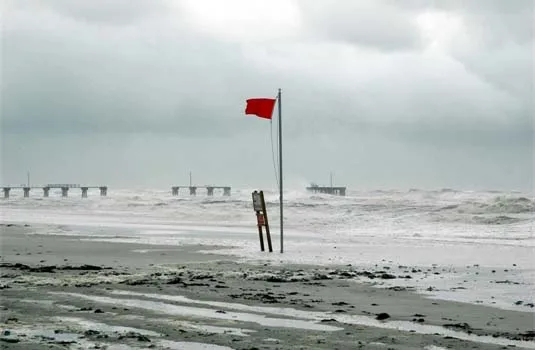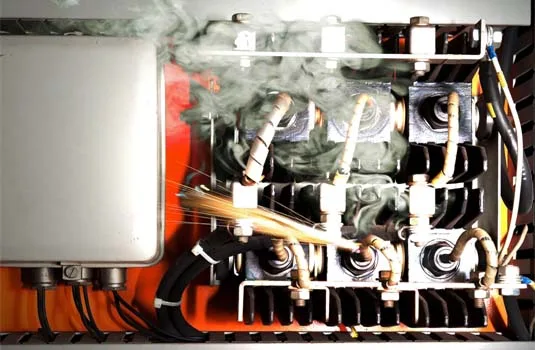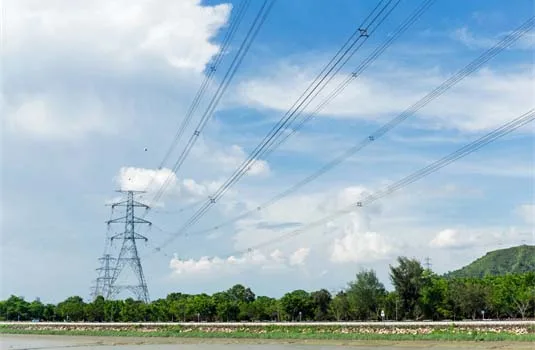Electrical power has become indispensable to modern life in just two centuries. Our work, leisure, healthcare, economy, and daily activities rely on a constant supply of electricity. Even brief power outages can lead to chaos, financial losses, and potentially life-threatening situations.
Our cities depend on electricity. Without power from the grid, everyday systems like hospitals, airports, train stations, and traffic control facilities could face disastrous consequences. Thankfully, many critical facilities have backup power systems that activate automatically when the main grid fails. The use of backup power is also increasing in corporate settings, manufacturing, businesses, and homes due to the growing reliance on electronic devices and computers.
While power loss in smaller settings might not be life-threatening, it can cause lost data, missed deadlines, reduced productivity, and revenue loss. Understanding the causes of power failures can help mitigate their impact by enabling proactive measures. Below, we outline some common causes of power outages and how to safeguard against them.
Natural Causes: Weather-Related Events

The Edison Electric Institute estimates that 70% of U.S. power outages are weather-related. Natural phenomena like lightning, rain, snow, ice, wind, and dust frequently cause disruptions. Major natural disasters such as hurricanes, floods, and earthquakes can destroy critical infrastructure, leading to outages that span vast regions for extended periods.
Prevention Tips:
- Protect electrical switchboards, wires, and circuits from water exposure to prevent short circuits.
- Invest in sealed circuit protection devices if living in high-humidity areas.
- Shield electrical systems from dust using enclosed circuit boxes, especially in regions prone to dust storms.
Other Causes of Power Outages
Electrical Short Circuits
Short circuits occur when electric currents deviate from their intended path, leading to excessive currents that can cause fires or equipment damage.
Common Causes:
- Broken wiring insulation.
- Accidental introduction of conductive materials like water.
- Overloaded circuits.
- Jammed moving parts in electric motors.
Prevention Tips:

- Use high-quality materials and correctly rated wires.
- Regularly maintain electric motors and install appropriate fuses and circuit breakers.
- Keep circuits protected from moisture.
Animal Interference
Animals contacting power lines, such as birds or squirrels, account for 11% of outages in the U.S.
Human Activity
Accidents involving vehicles or construction equipment, utility maintenance, and human error also contribute to outages.
Types of Power Failures
Brownouts
Brownouts occur when the electrical supply voltage drops, causing dim lighting and potentially damaging motors or electronic equipment. Frequent brownouts signal the need for a backup power system.
Blackouts
Blackouts, the most severe type of outage, involve complete power loss over large areas. Restoration depends on the complexity of the damaged electrical network.

Power Surges
Power surges can quickly overheat and damage expensive equipment. Use surge protectors, ideally integrated into the main switchboard, to safeguard against surges.
Electrical Treeing
Electrical treeing impacts high-voltage equipment, where defects lead to gradual degradation and eventual breakdown. Regular maintenance and high-quality materials can prevent this issue.
Summary
Electricity is critical to modern society and businesses. While weather causes the majority of power outages, other factors like short circuits, animal interference, and human error can also contribute. To ensure resilience, consult certified electricians, maintain systems regularly, and install backup generators. These steps provide multiple layers of protection against unplanned outages, safeguarding lives and livelihoods.